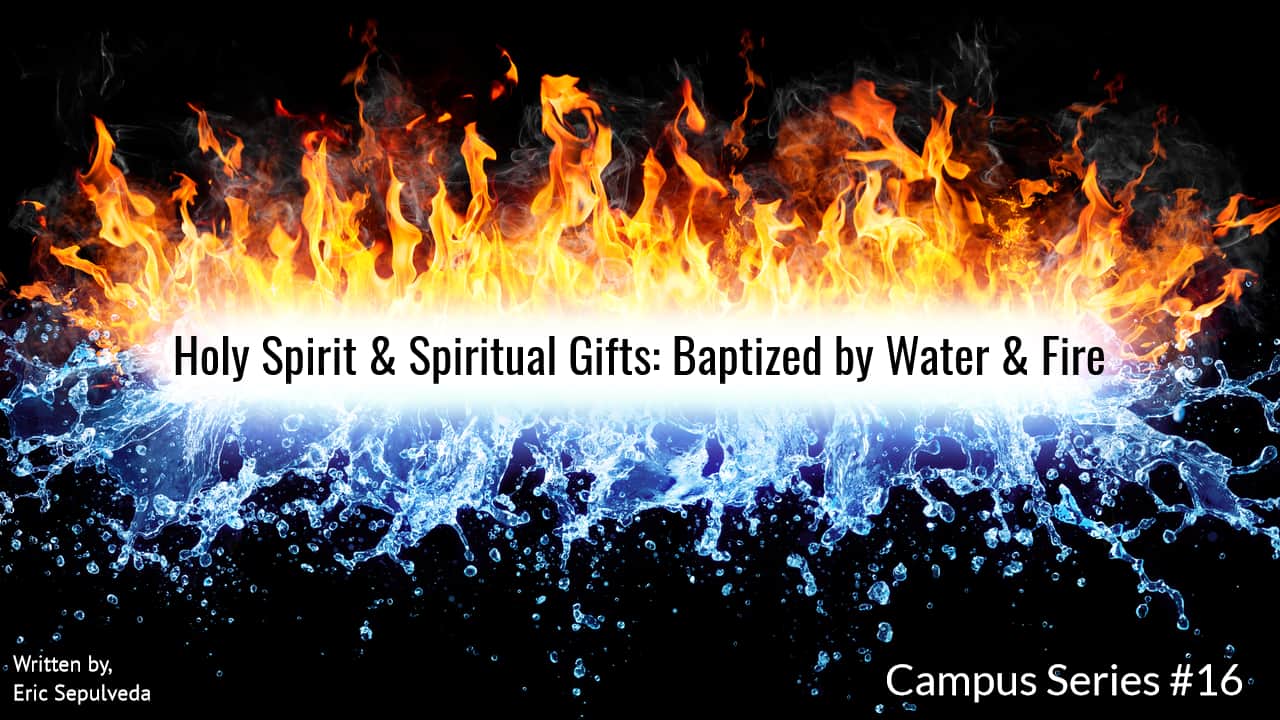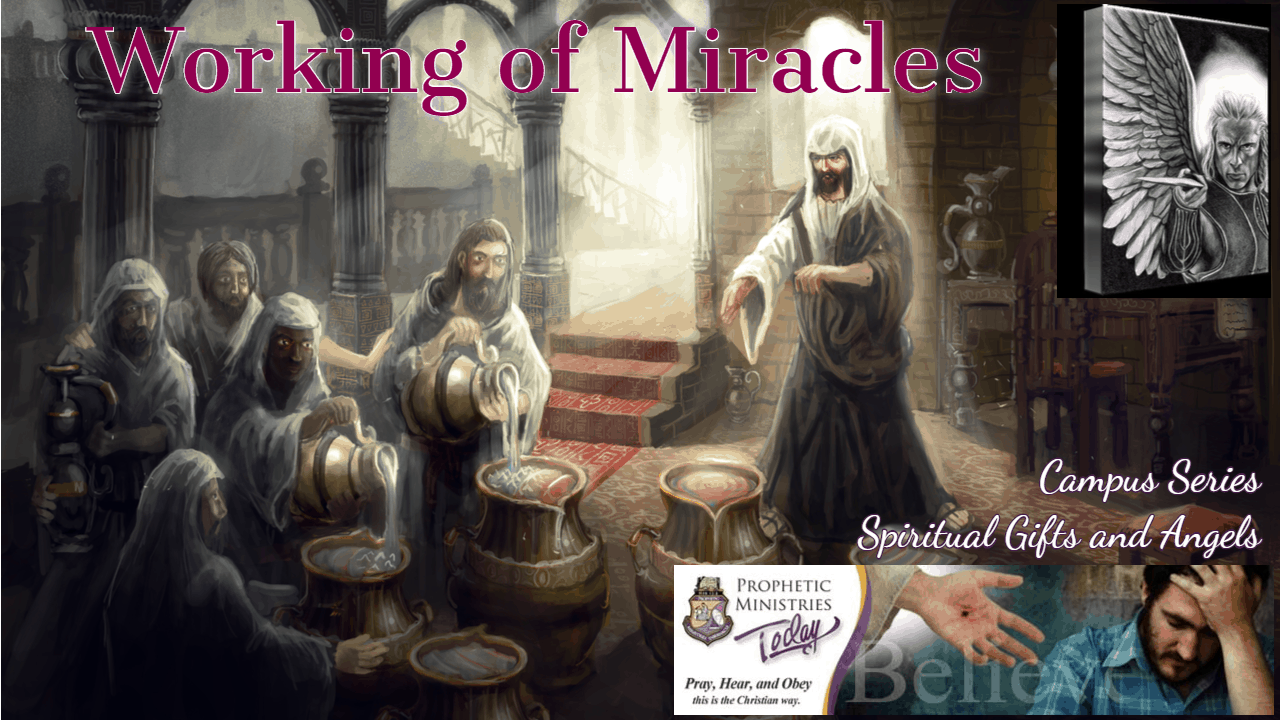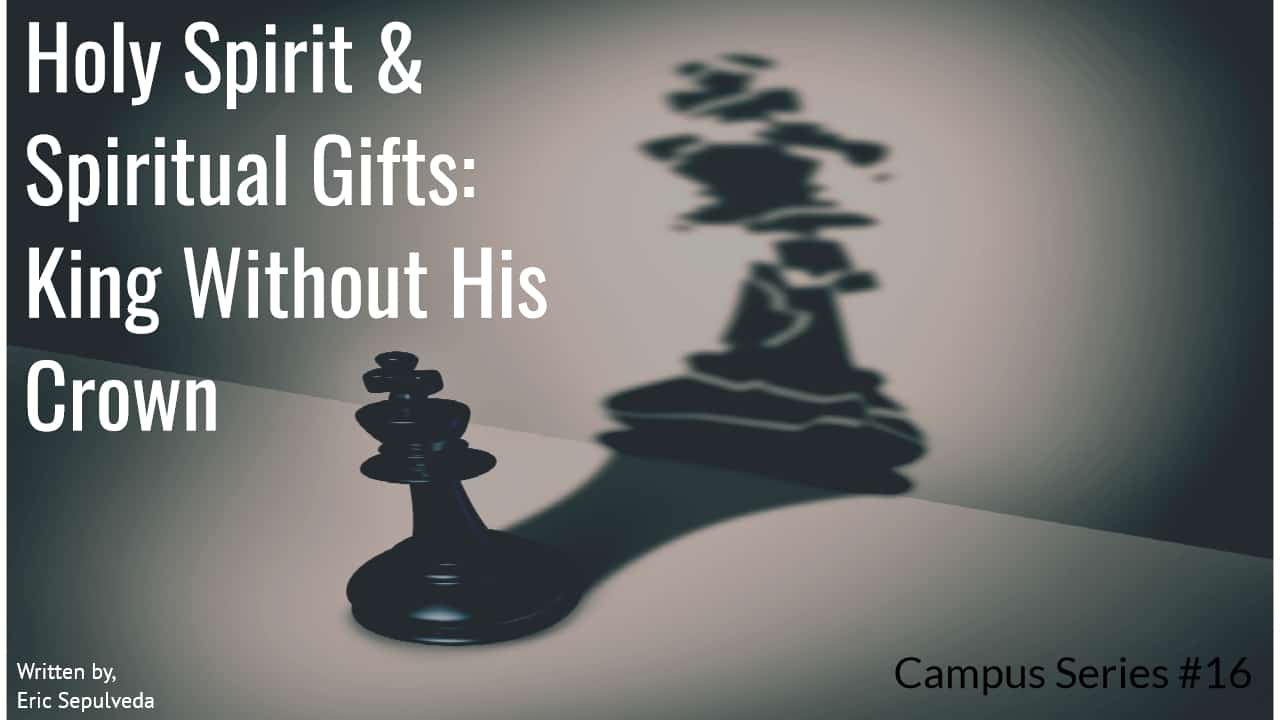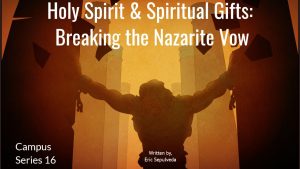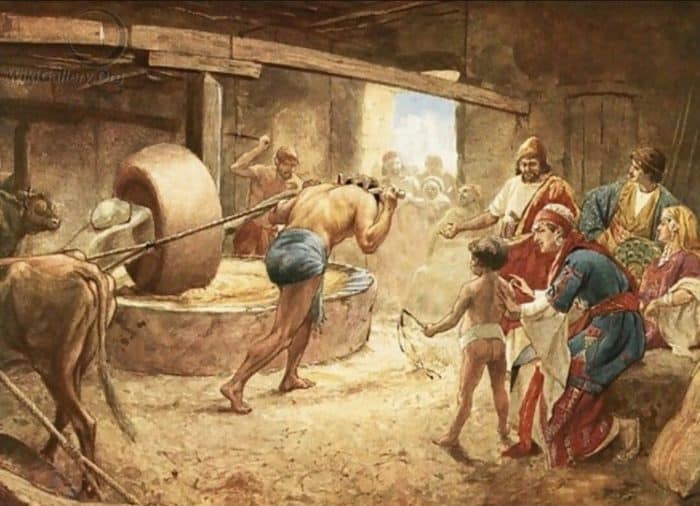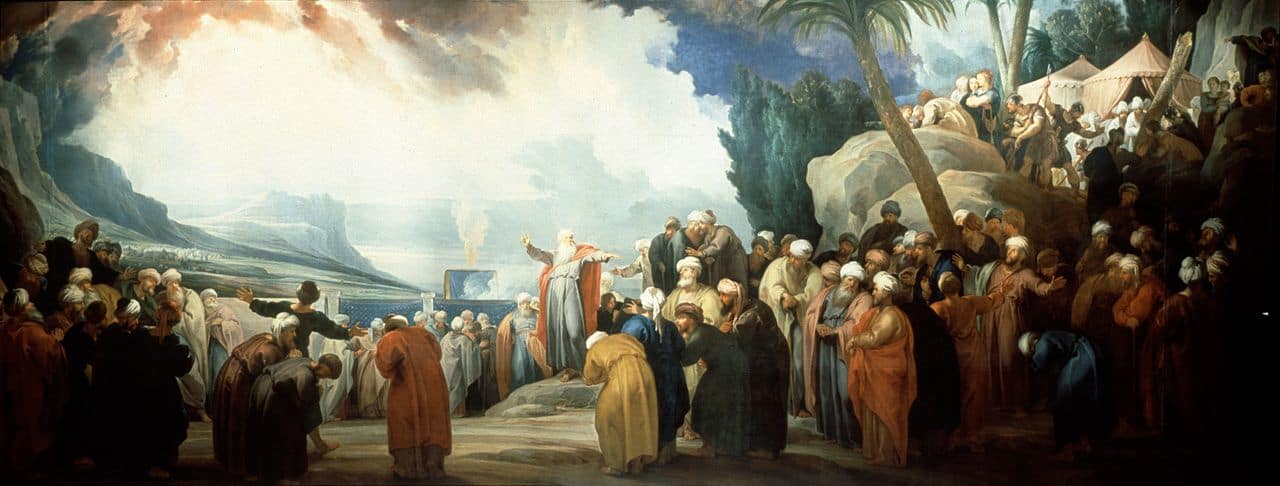Wonders in the Heavens
Visions, Signs, Wonders & Miracles-Shekinah: Wonders in the Wilderness
Though the word Shekinah does not exist in the Bible, it’s concept that God chooses sacred places to dwell and display His Glory shows up extensively in the Holy Scriptures. God’s Presence and Glory still manifests itself in spectacularly similar ways today.
As the Israelites fled Egypt, they were led by God as a pillar of cloud during the day and a pillar of fire during the night (ref. Genesis 13: 21-22). This allowed them to travel continuously, but possibly also provided cool cover against the oppressive desert heat and light for their travels through the darkness, comfort against the cold desert nights, and protection from attacks from wild animals.
When the Israelites reached the banks of the sea, they were confronted by Pharaoh and his entire chariot fleet, which had been pursuing them. As the Egyptian military marched towards the people who were pinned against the water, the Israelites cried out to Moses asking why he would lead them out of Egypt, just to die in the Wilderness. Moses was not afraid, and calmed their fears explaining that The Lord’s Salvation would be seen that day and the Egyptian military would be miraculously defeated by God’s Hand (ref. Exodus 14: 1-13)
“The Lord will fight for you; you need only to be still!”
God instructed Moses to lift his rod and stretch his hand over the sea, which caused a strong wind to divide the waters into walls on either side of the dry land, that the Israelites could safely walk across, with the pillar of fire and of cloud now trailing them and standing as a barrier between them and the Egyptian chariots throughout the night (Exodus 14: 14-20).
Despite the awesome sight of God’s Glory manifesting as a pillar of fire and cloud standing guard against them, the Egyptian military still pursued the Israelites into the midst of the sea. In the morning, He looked on the Egyptians and caused confusion in their camps, tore the wheels from their chariots, and handicapped the technologies they took their greatest pride in. They recognized that all their vehicles and weapons of war could not stand against God and shouted amongst the chaos “Let us get away from the Israelites! The Lord is fighting for them against Egypt!” (ref. Exodus 14: 21-25).
But, it was too late, Moses again raised his hand and the sea collapsed upon them and “saved Israel that day out of the hands of the Egyptians; and Israel saw the Egyptians dead upon the sea shore… and the people feared and believed the Lord and His Servant Moses” (ref. Exodus 14: 26-31)
While they were wandering the Wilderness, they came across Mount Sinai and made camp at the base of the mountain. The Lord told Moses that he wanted Israel to be “My Kingdom of Priests and My Holy Nation” and would visit them in three days, giving them instructions to clean and consecrate themselves before God presented Himself (ref. Exodus 19: 5-11).
And on the third day, in the morning, because the Lord descended on the mountain as fire, Mount Sinai was enveloped by thunder and lightning and a thick cloud, like the smoke from a furnace. The sound of a loud trumpet pierced the air as the whole mountain shook violently, causing all the people in the camp to shudder and tremble (ref. Exodus 19:16-19). This thundering, lightning, sound of the trumpet and smoke coming from the mountain terrified the people and they stood far away, asking Moses to speak to them, fearing that if God spoke directly to them, they would die. But Moses explained that God did not intend to hurt them, but only test them so they would respect His Power and prevent them from sinning (ref. Exodus 20: 18-20).
On the first day of the first month, the Israelites erected the Tabernacle but Moses was not able to enter because a cloud covered the tent of congregation and the Glory of the Lord filled the Tabernacle. When God’s Presence was manifested as His Cloud of Smoke by day and Fire by night over His Tabernacle, the House of Israel took it as a sign that that was where they should stay and camp, but when the Cloud was removed from that place they were to follow it to their new location (ref. Exodus 40: 34-38).
As the Israelites escaped out of Egypt, God not only gave them direction, but actively delivered them comfort and protection as a pillar of smoke providing them shade from the scorching sun and as a pillar of fire granting them light in the darkness, warmth from the cold, and security from the beasts of the desert. When Pharaoh continued to pursue them, God even manifested Himself between the charging military and His People, creating a barrier so they could not harm the Israelites.
The fleeing Israelites were not prepared to confront the pursuing Egyptian chariots, but it was God’s intention that they rely on Him to provide protection against the World’s fiercest military force. God’s Power to bring the most powerful nation to its knees had been demonstrated throughout the Ten Plagues and God broke their plans, their spirits, and their weaponry to further cement the fact that no one can hurt those under His Providence.
The same great displays of Glory which are meant to stand as a testament to God’s enemies that He is All-Powerful, serve as a reminder to His People that we are to love and respect Him and not sin against Him.
We must also be sensitive to His Presence and constantly mindful of where and how His Power is manifesting. Even if we are comfortable where we are currently, we must move to where He is directing us if we desire to experience the fullness of His Blessings and Glory.
God’s Glory provides guidance and protection to His People, vengeance against those who wish to do us evil, reminds us of why we lovingly serve him, and leads us throughout our travels to continue to do His Will. We are excited to see how He will manifest and show His Glory.
Prepared by, Kent Simpson, Apostolic Prophet & Eric Sepulveda, PMT Administrator






